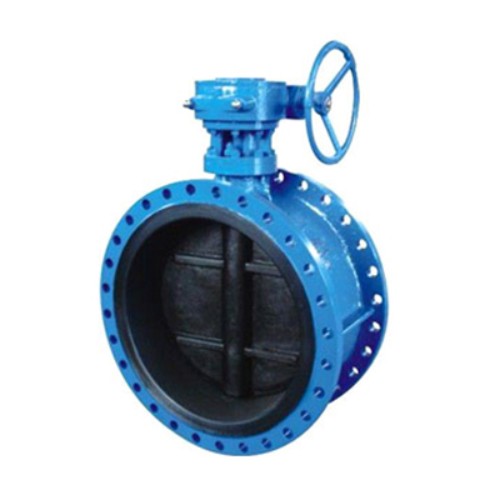welding a flange manufacturer
Welding a Flange Manufacturer The Art and Science of Flange Production
Flanges play a crucial role in piping systems, providing a means for connecting pipes, valves, pumps, and other equipment. When it comes to manufacturing flanges, welding is an essential process that ensures the integrity, reliability, and durability of the final product. This article explores the intricacies involved in welding for a flange manufacturer, highlighting techniques, materials, and quality assurance practices essential for achieving high standards.
Understanding Flanges
Flanges are typically made from various materials, including stainless steel, carbon steel, and alloy steel, tailored to meet specific industry requirements. They come in different types, such as slip-on, blind, weld neck, and threaded flanges, each designed for distinct applications. The choice of flange type not only depends on the operational requirements but also on the connection method, which brings welding into the picture.
The Welding Process
Welding flanges involves several key steps preparation, the actual welding, and post-weld treatment
. Each of these stages is critical in ensuring that the flanges are fit for their intended applications.1. Preparation Before any welding can be done, the surfaces to be joined must be cleaned, ensuring that they are free from contaminants such as oil, rust, and dirt. Properly aligning the flange with the pipe or equipment is also vital to produce an accurate connection. This alignment often involves the use of fixtures or supports to maintain stability during welding.
2. Welding Techniques Various welding methods can be employed in flange manufacturing, including Gas Metal Arc Welding (GMAW), Gas Tungsten Arc Welding (GTAW), and Shielded Metal Arc Welding (SMAW). Each of these techniques has its advantages. For instance, GMAW is highly efficient and suitable for thinner materials, while GTAW is preferred for high-quality welds, particularly in stainless steel applications.
3. Post-Weld Treatments After welding, the flanges often undergo several treatments, such as grinding, polishing, and heat treatment. These processes help in removing any welding spatter, ensuring a smooth surface finish, and altering the material properties to enhance performance and resistance to corrosion.
welding a flange manufacturer

Material Selection
Choosing the right material for the flange is another essential aspect of the manufacturing process. The selected material must have suitable mechanical properties, including strength, toughness, and resistance to wear and corrosion. In industries like oil and gas, food processing, and pharmaceuticals, where high cleanliness levels are required, stainless steel is often the preferred option due to its excellent corrosion resistance and hygienic properties.
Quality Assurance
For a flange manufacturer, quality assurance is paramount. It ensures that every produced flange meets industry standards and client specifications. Implementing a robust quality management system facilitates meticulous inspection and testing at various stages of production. Common practices include ultrasonic testing, visual inspections, and pressure testing.
Furthermore, manufacturers often rely on standardized procedures, such as those outlined by the American Society of Mechanical Engineers (ASME) or the American National Standards Institute (ANSI), to maintain stringent quality control. These standards help in defining acceptable tolerances and performance criteria, ensuring that the final product is reliable and safe for use in critical applications.
The Role of Technology
Advancements in technology have also impacted the flange manufacturing process significantly. Automated welding systems, for instance, enhance consistency and precision in weld quality. Additionally, computer-aided design (CAD) software allows for better visualization and planning of flange designs, contributing to more efficient manufacturing processes.
Conclusion
Welding is a vital component of flange manufacturing, underpinning the durability and reliability of these essential components within various industries. By adhering to proper welding practices, selecting the right materials, ensuring rigorous quality control, and embracing technological advancements, flange manufacturers can deliver products that meet the high standards required in today’s demanding market. As industries evolve, the role of welding in flange production will continue to adapt, positioning manufacturers to meet future challenges with confidence and competence.
-
The Key to Fluid Control: Exploring the Advantages of Ball Valves in Industrial SystemsNewsJul.09,2025
-
The Versatile World of 1, 2, and 3 Piece Ball ValvesNewsJul.09,2025
-
Stainless Steel Ball Valves: The Ideal Choice for Efficient Flow ControlNewsJul.09,2025
-
Optimizing Fluid Control with Ball Float ValvesNewsJul.09,2025
-
Manual Gate Valves: Essential for Control and EfficiencyNewsJul.09,2025
-
Everything You Need to Know About Butterfly ValvesNewsJul.09,2025
-
The Versatility of Wafer Type Butterfly ValvesNewsJul.08,2025




